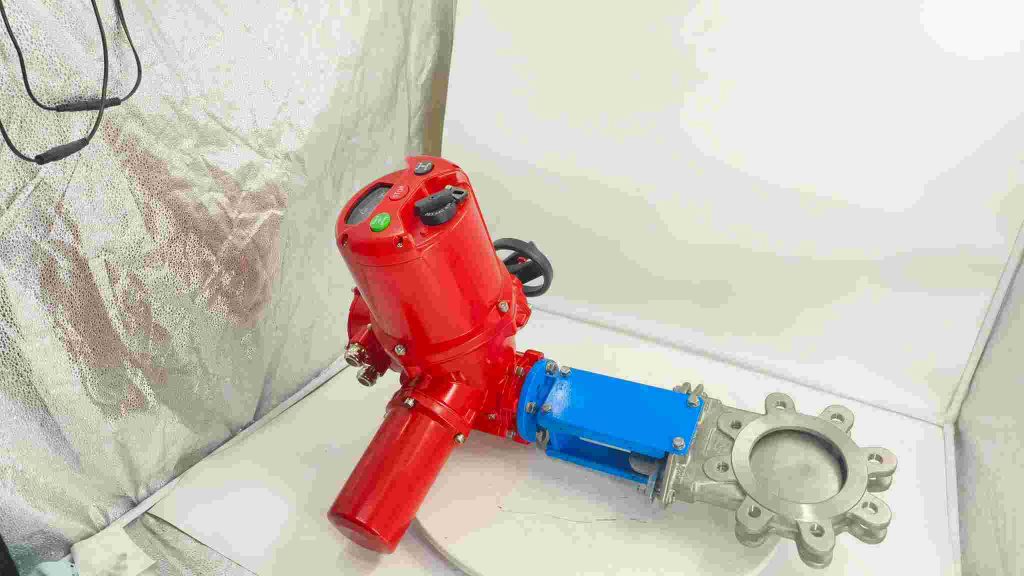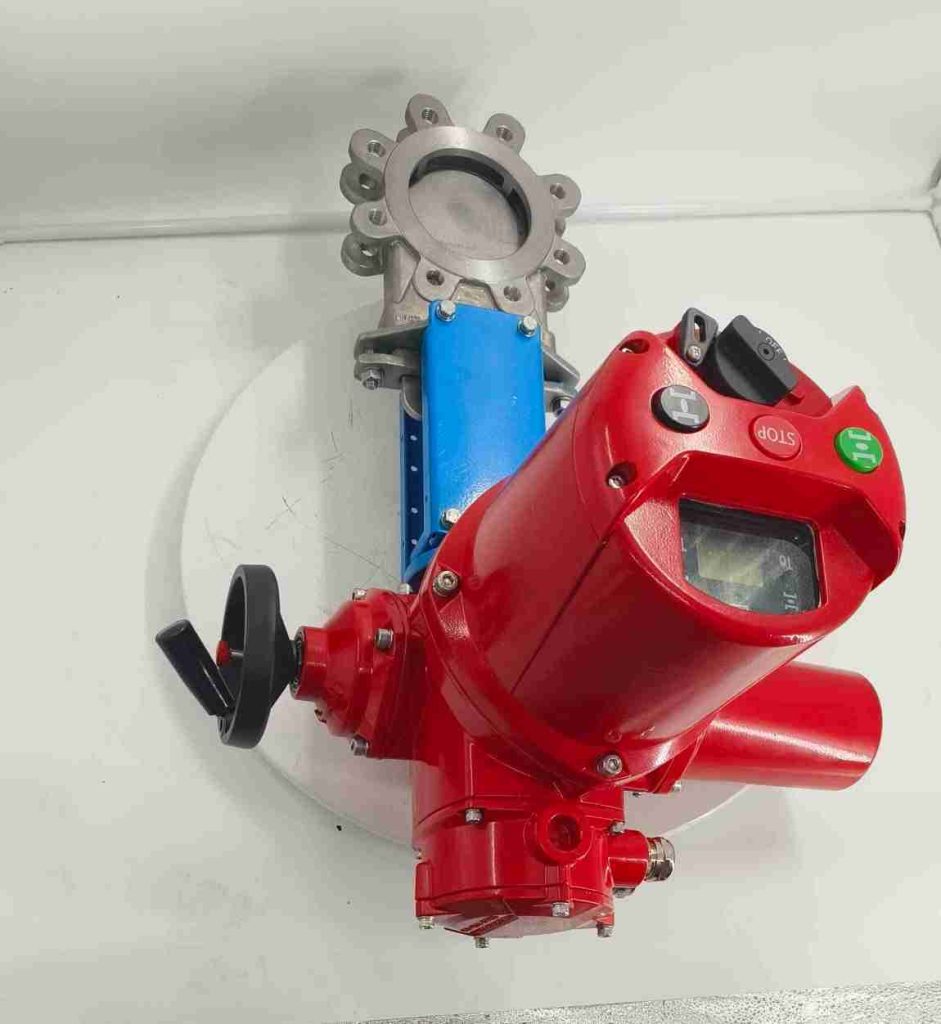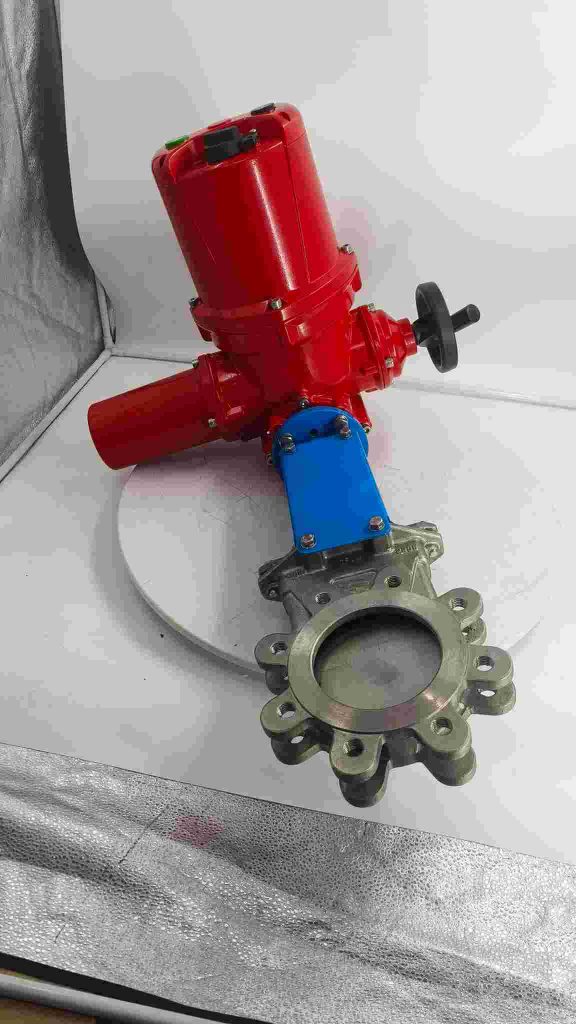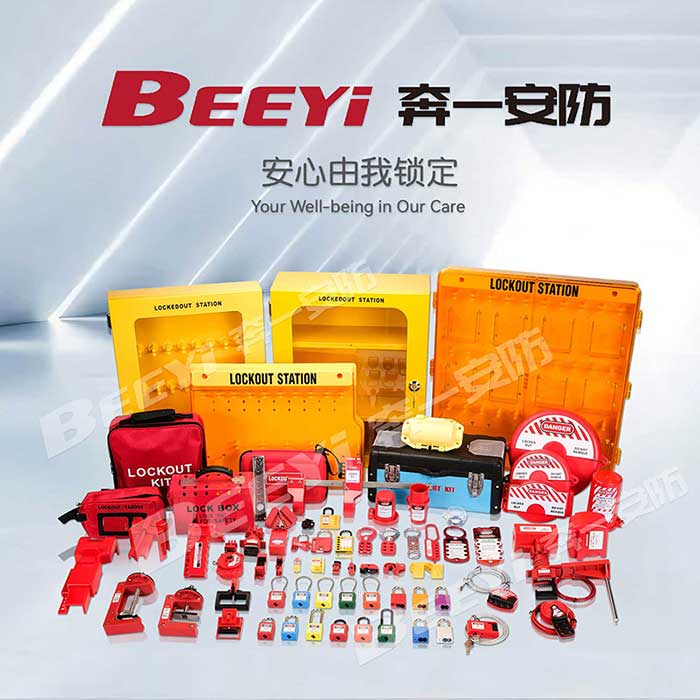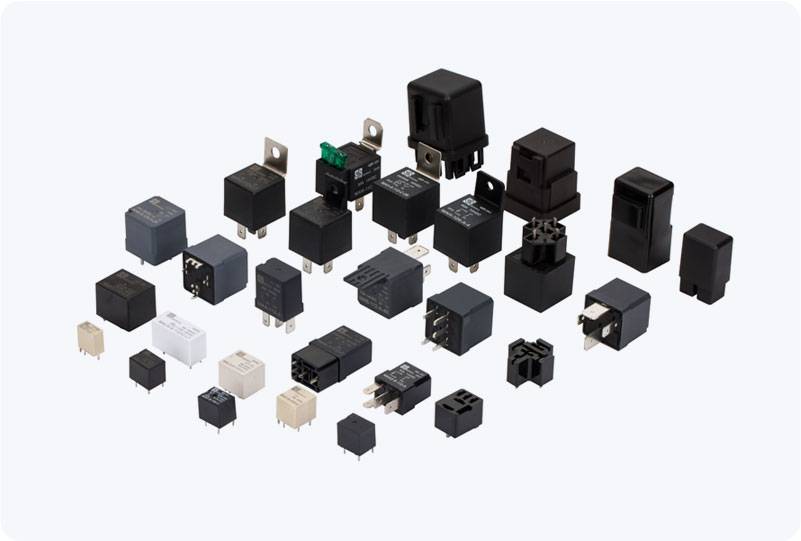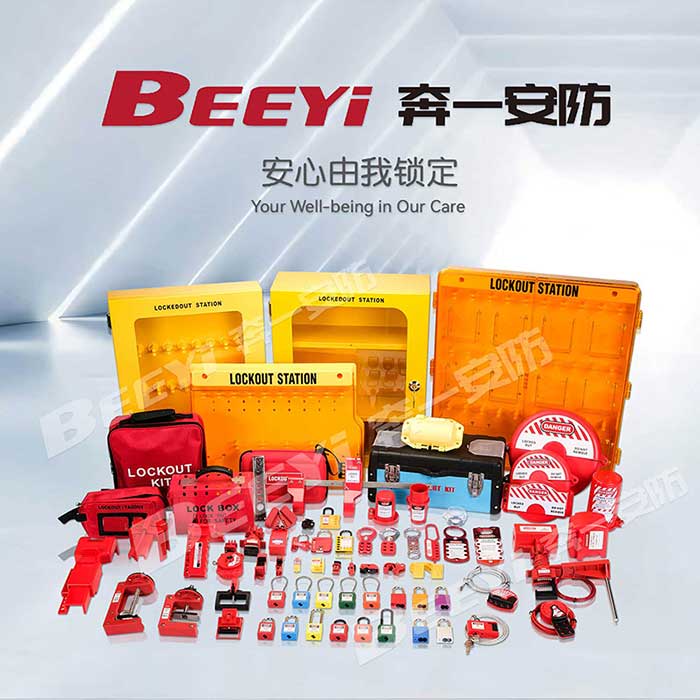In today’s industrial and commercial environments, ensuring the safety of workers during maintenance and repair tasks is of utmost importance. One of the essential tools that help maintain this safety is the lockout hasp. This simple yet highly effective device is used to secure energy sources and prevent the accidental activation of machinery during maintenance procedures. While standard lockout hasps are commonly available, many industries require specialized or custom lockout hasps to meet their specific safety needs. In this article, we will explore the role of custom lockout hasps manufacturers, the importance of these devices, and what to look for when selecting a reliable supplier.

Understanding Lockout Hasps and Their Purpose Lockout hasps are an integral part of any lockout/tagout (LOTO) program, which is designed to ensure that hazardous energy sources are properly isolated during servicing or maintenance. When a worker needs to perform maintenance on equipment, they use a lockout hasp to secure the equipment’s energy source (e.g., electrical panel, valves, etc.). This hasp can hold multiple locks, each representing a different worker’s intervention, ensuring that no one can accidentally activate the equipment while someone else is working on it. The versatility of lockout hasps makes them crucial in multi-person operations, where each worker must be assured that the equipment remains de-energized until all maintenance work is completed. However, certain industries, such as construction, manufacturing, and oil and gas, require custom solutions that go beyond the capabilities of standard hasps. This is where custom lockout hasps manufacturers come into play.



